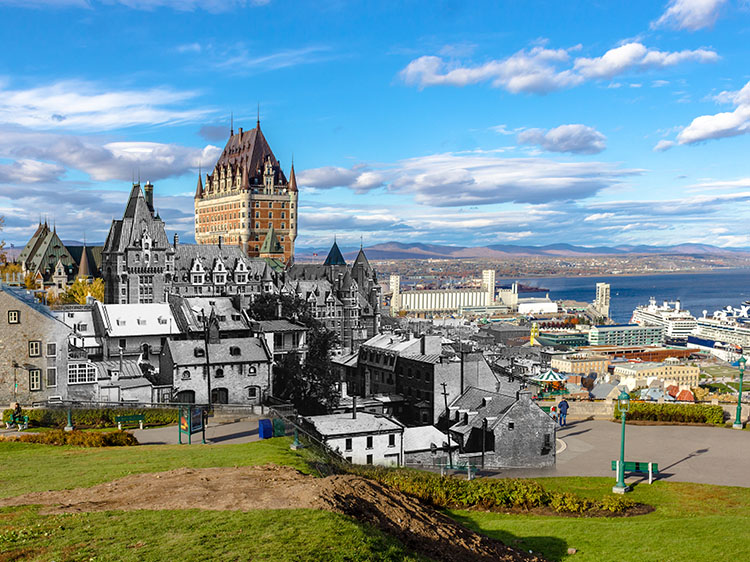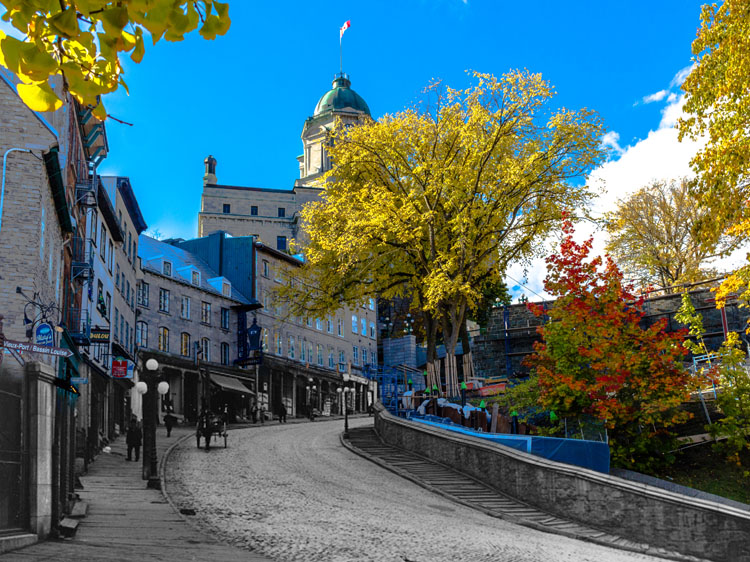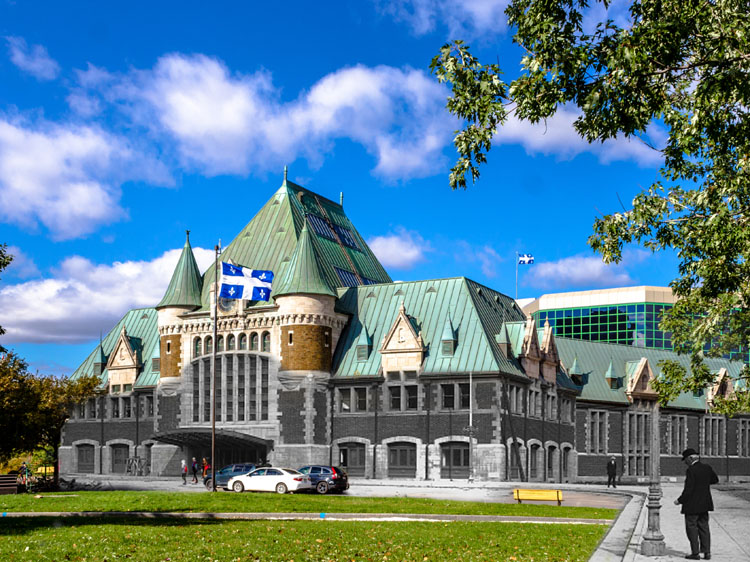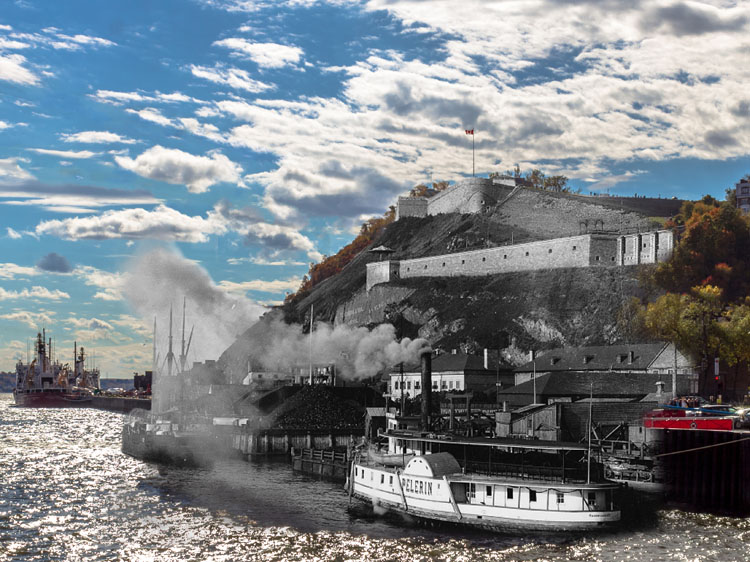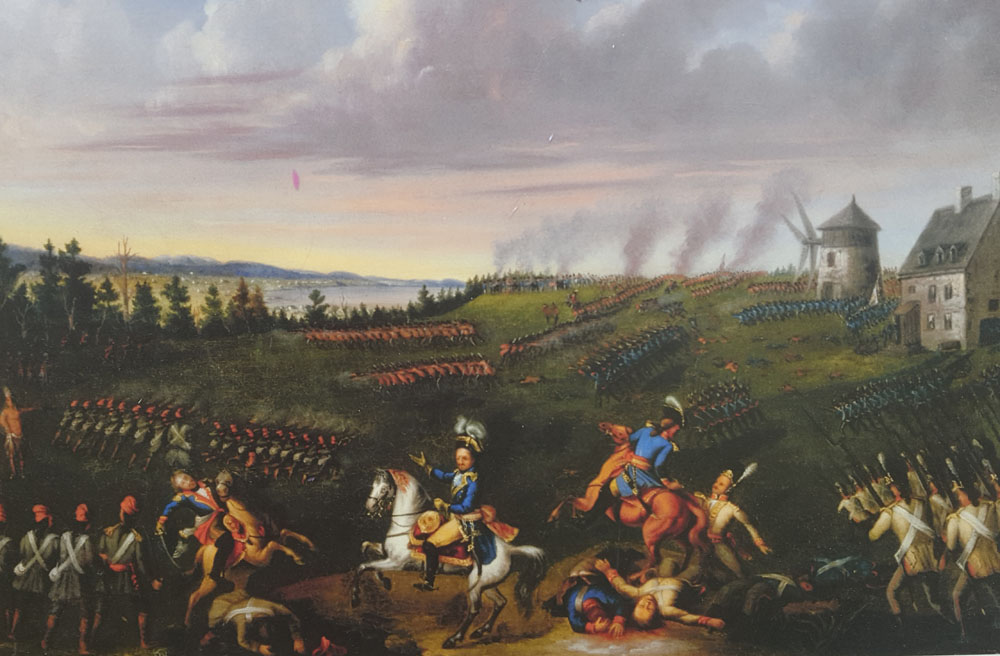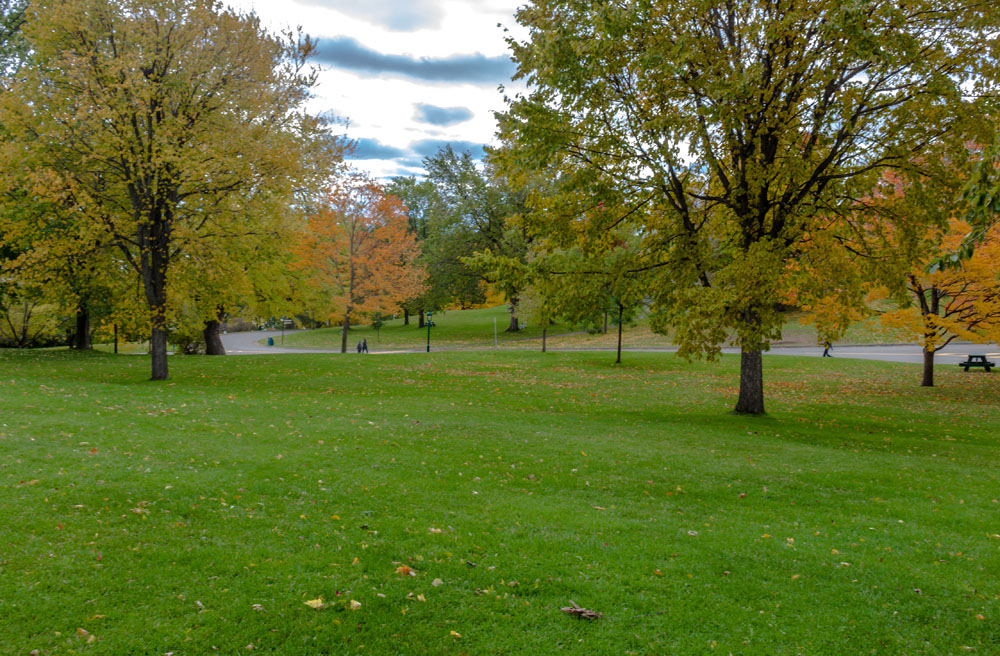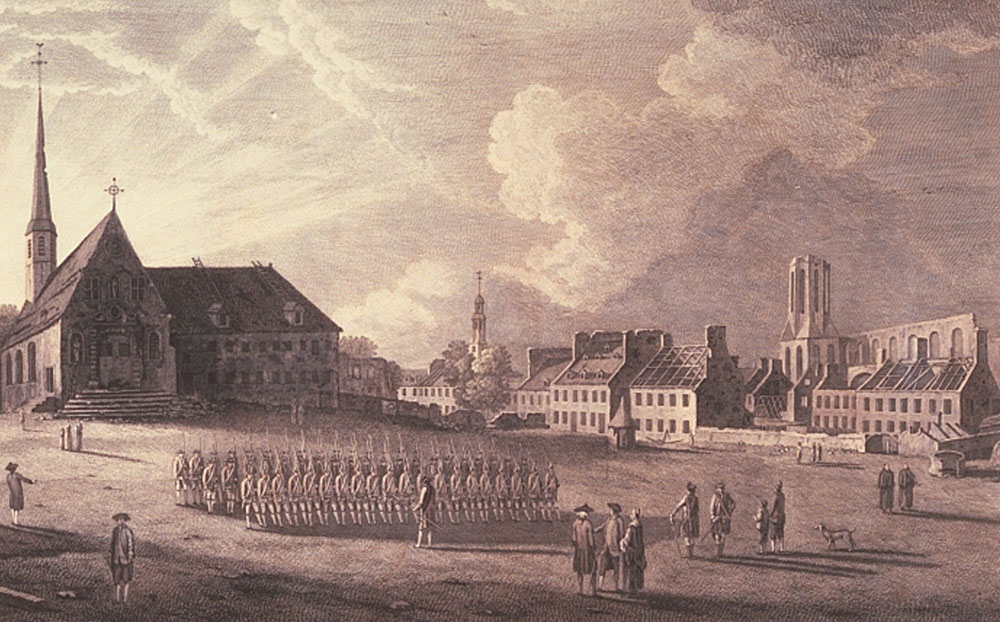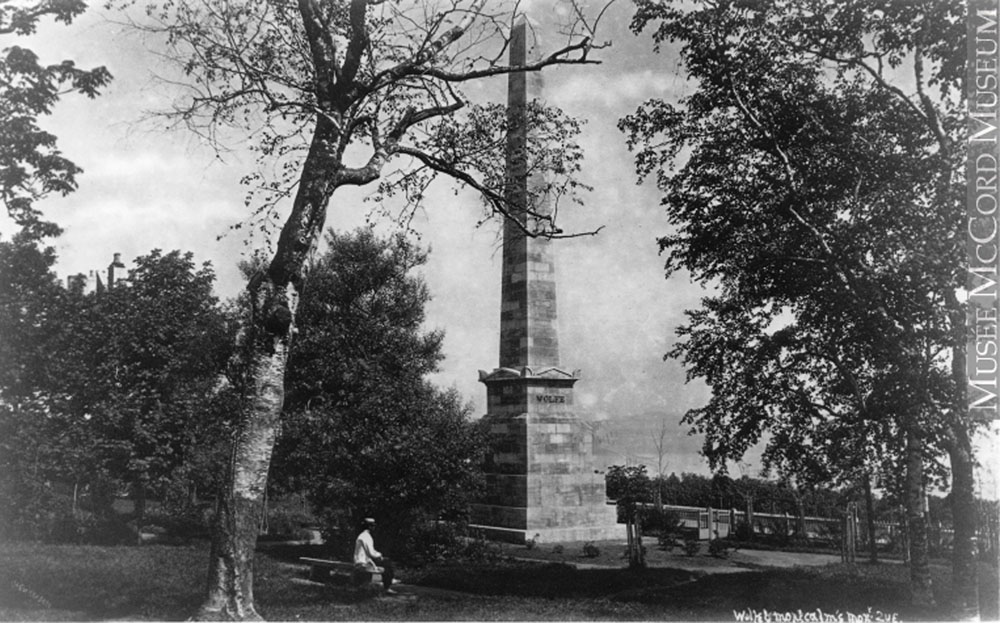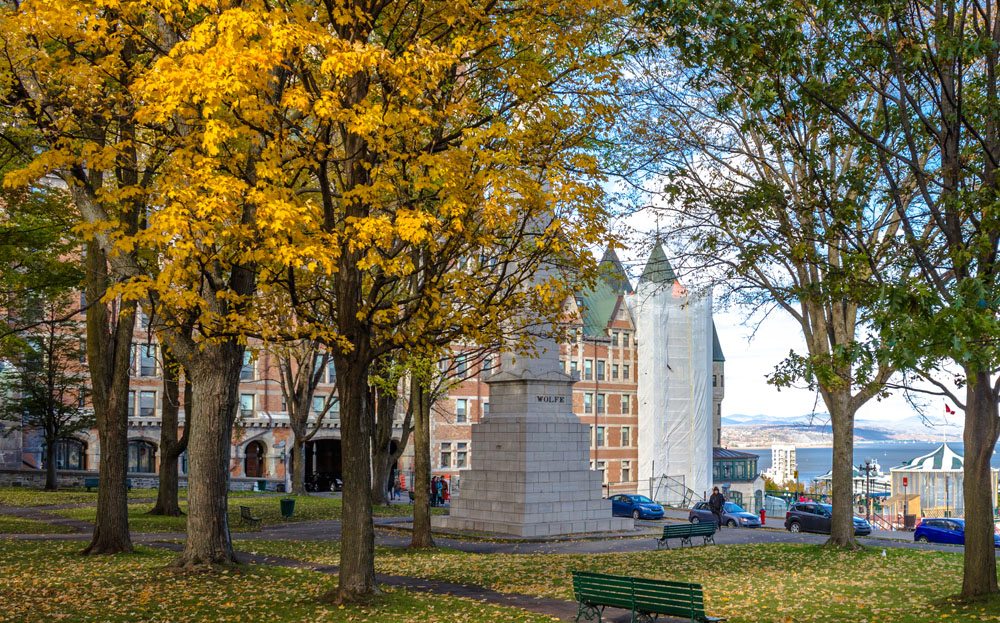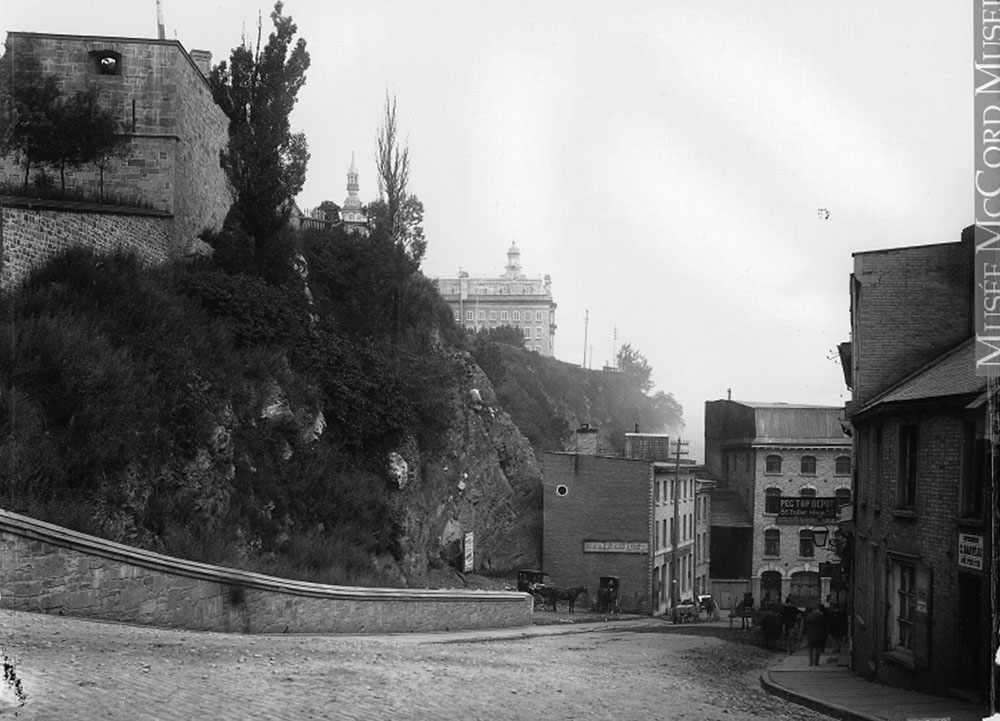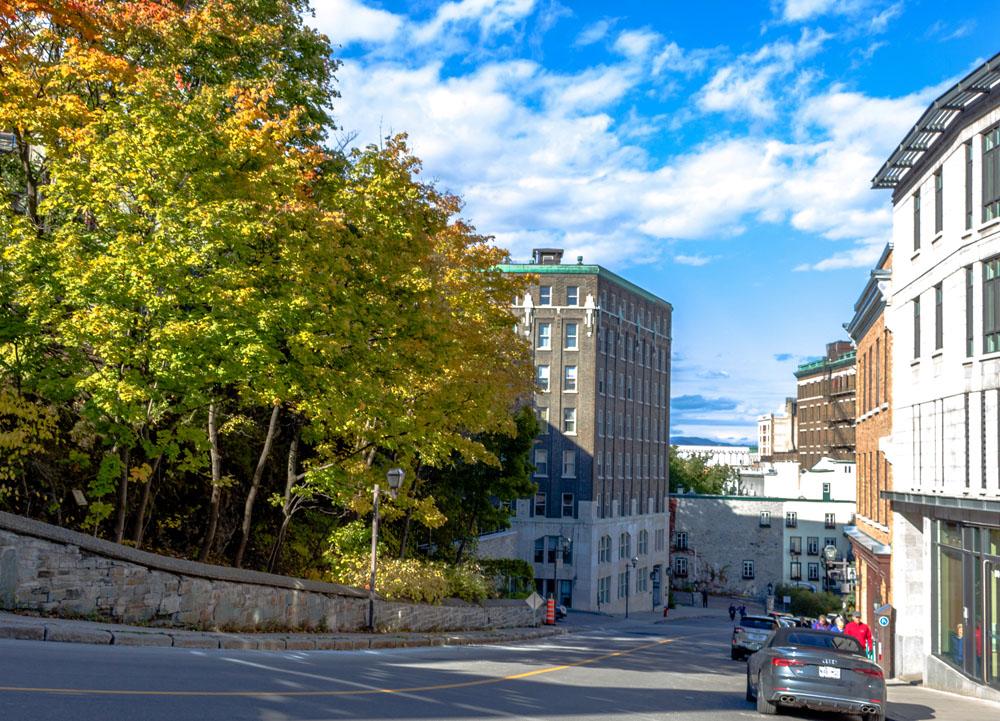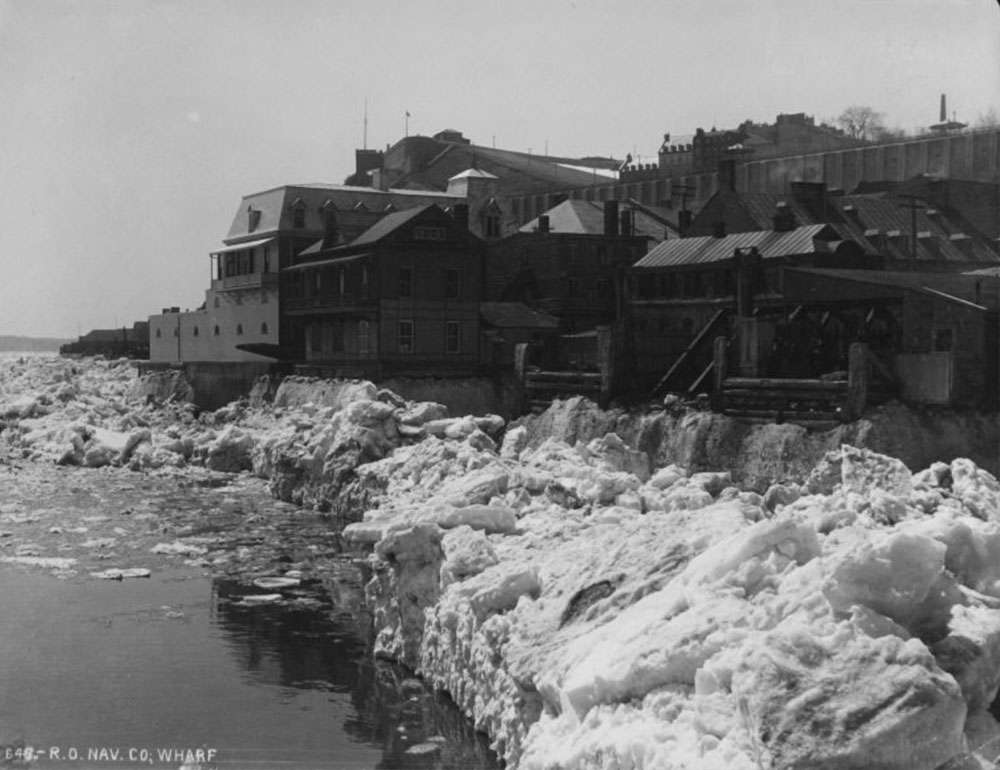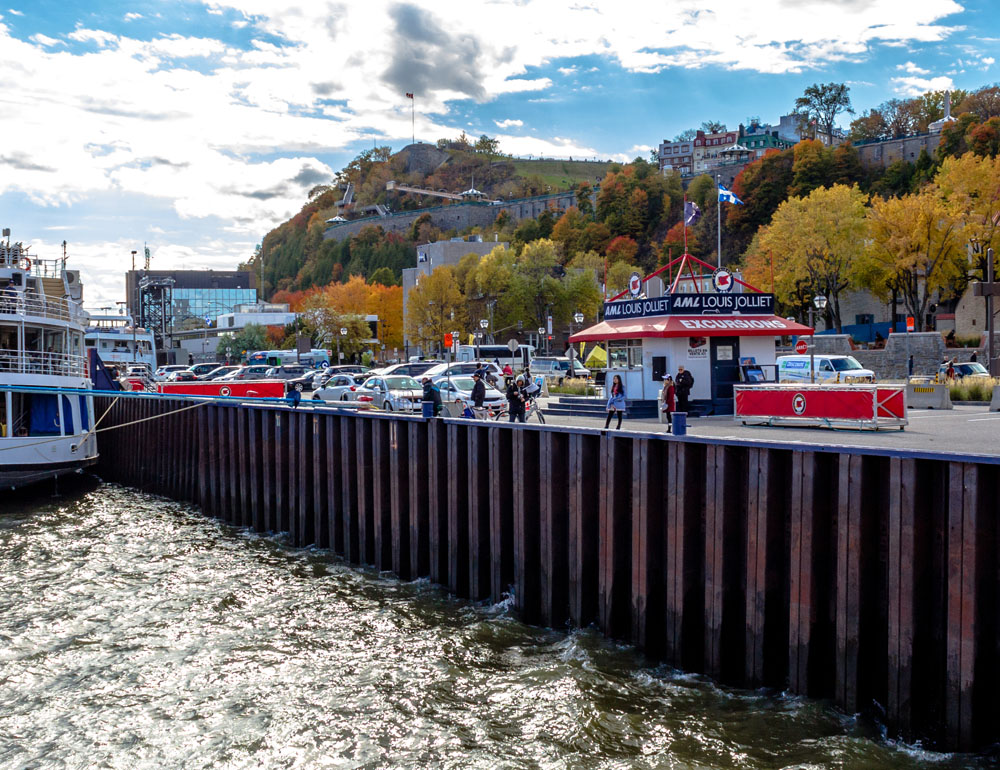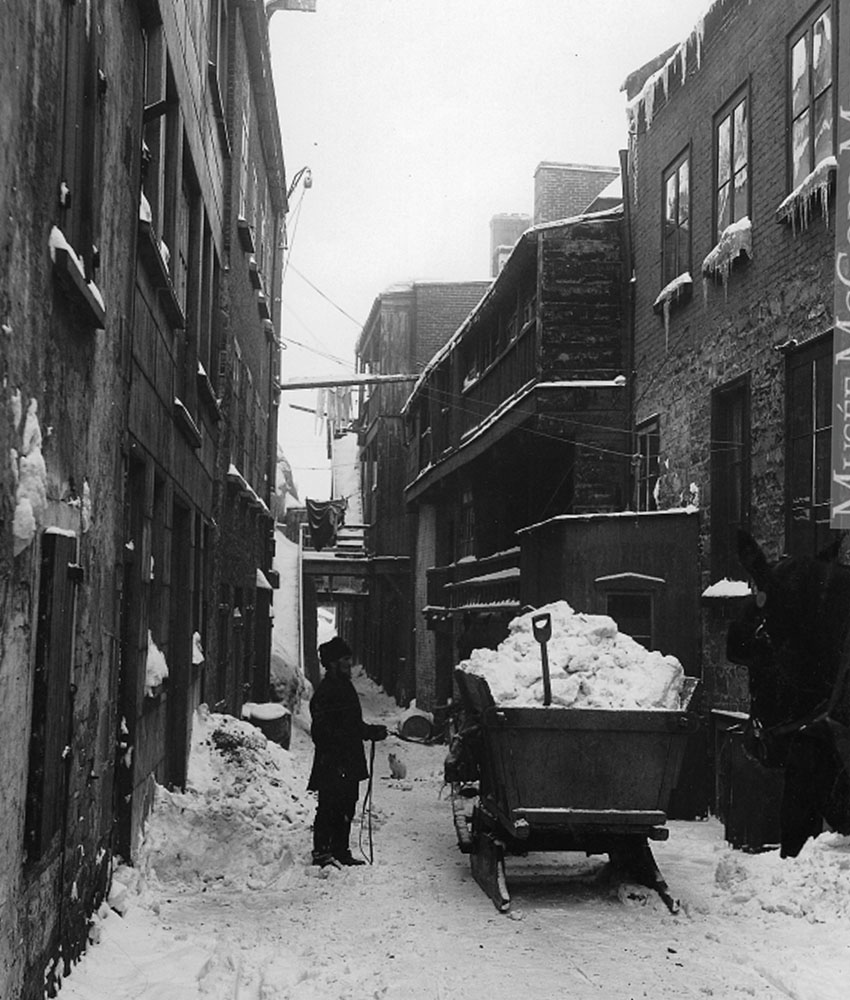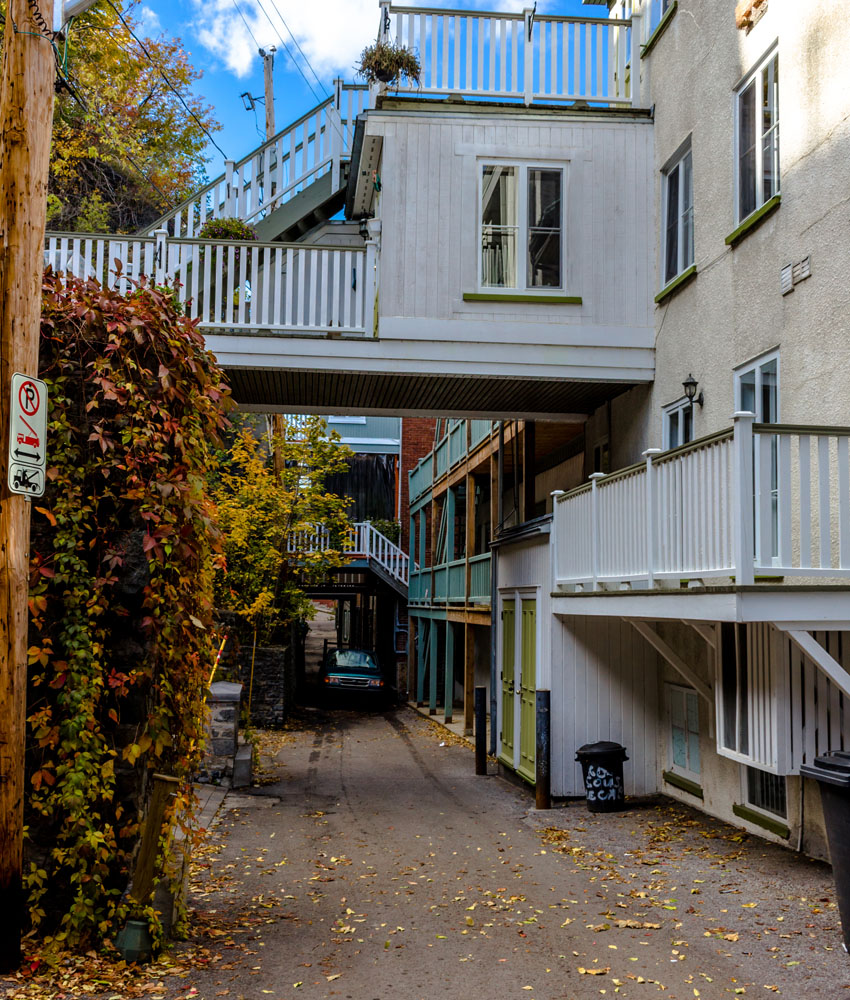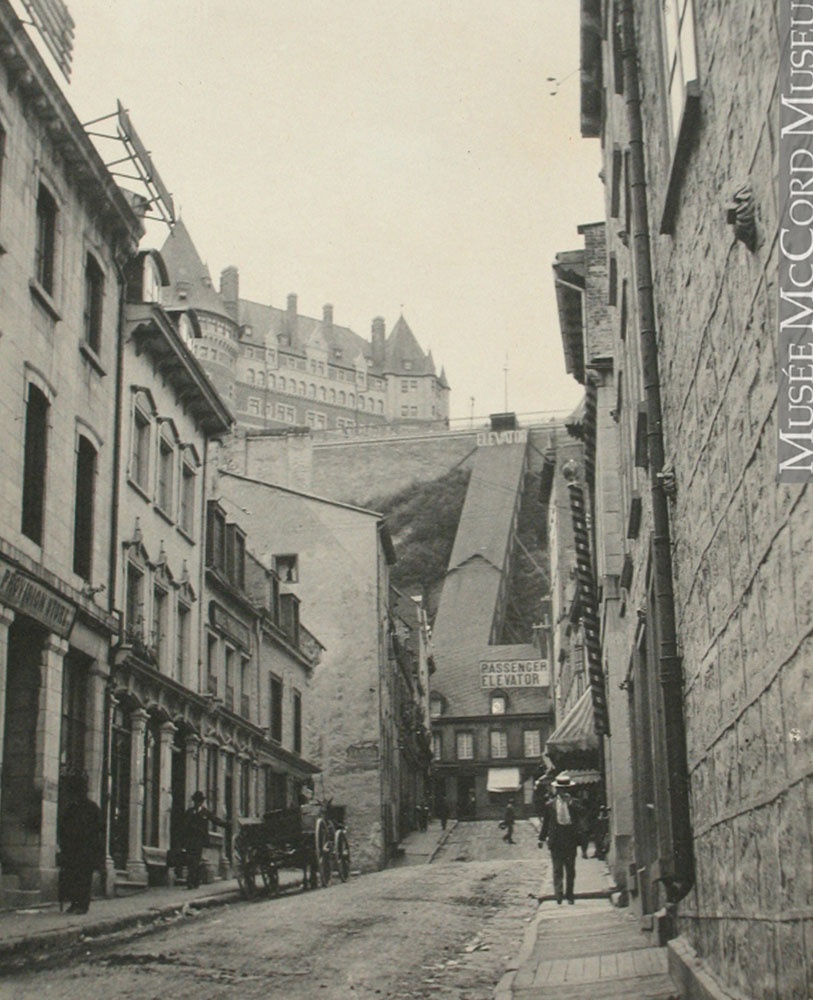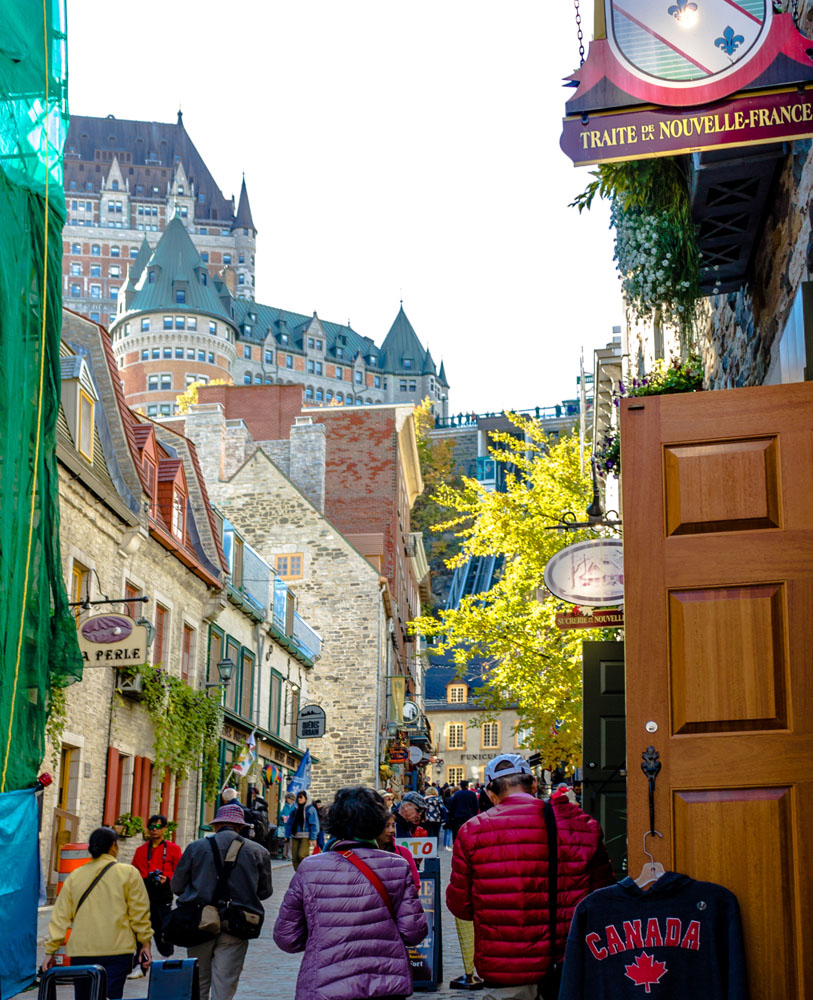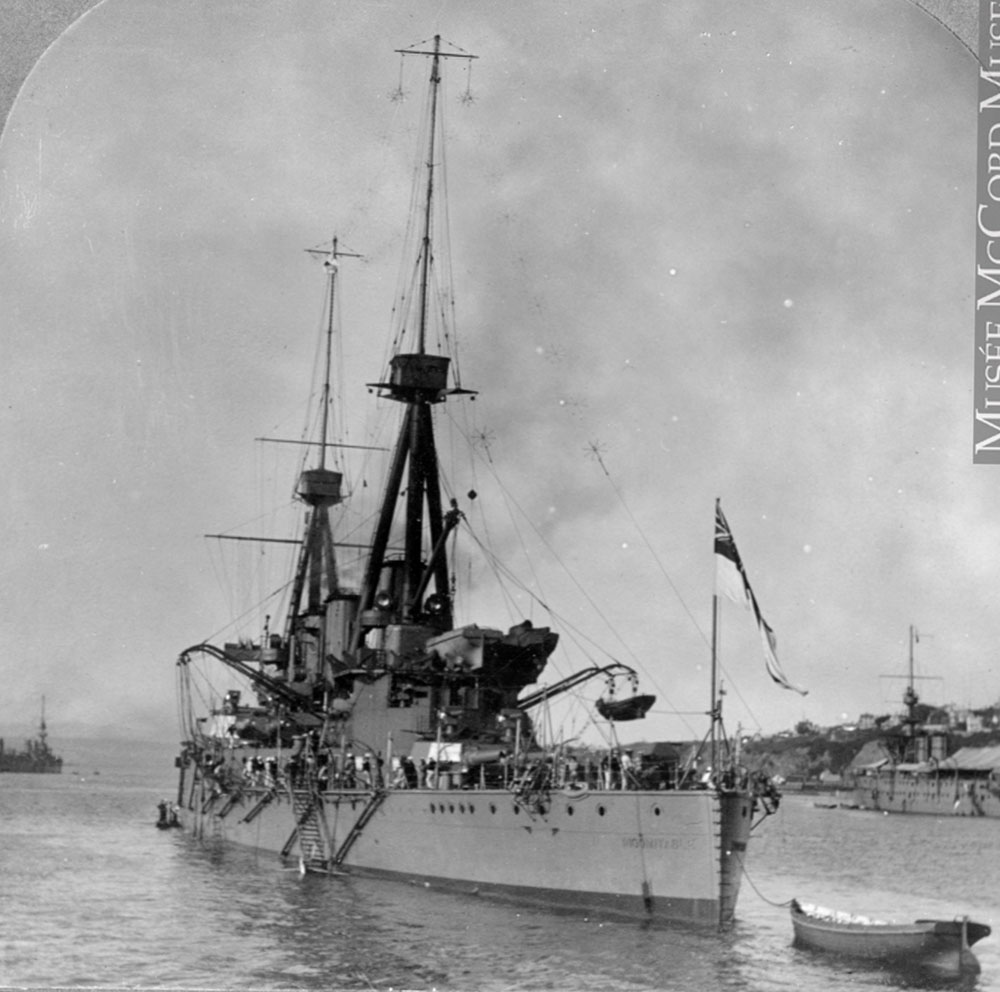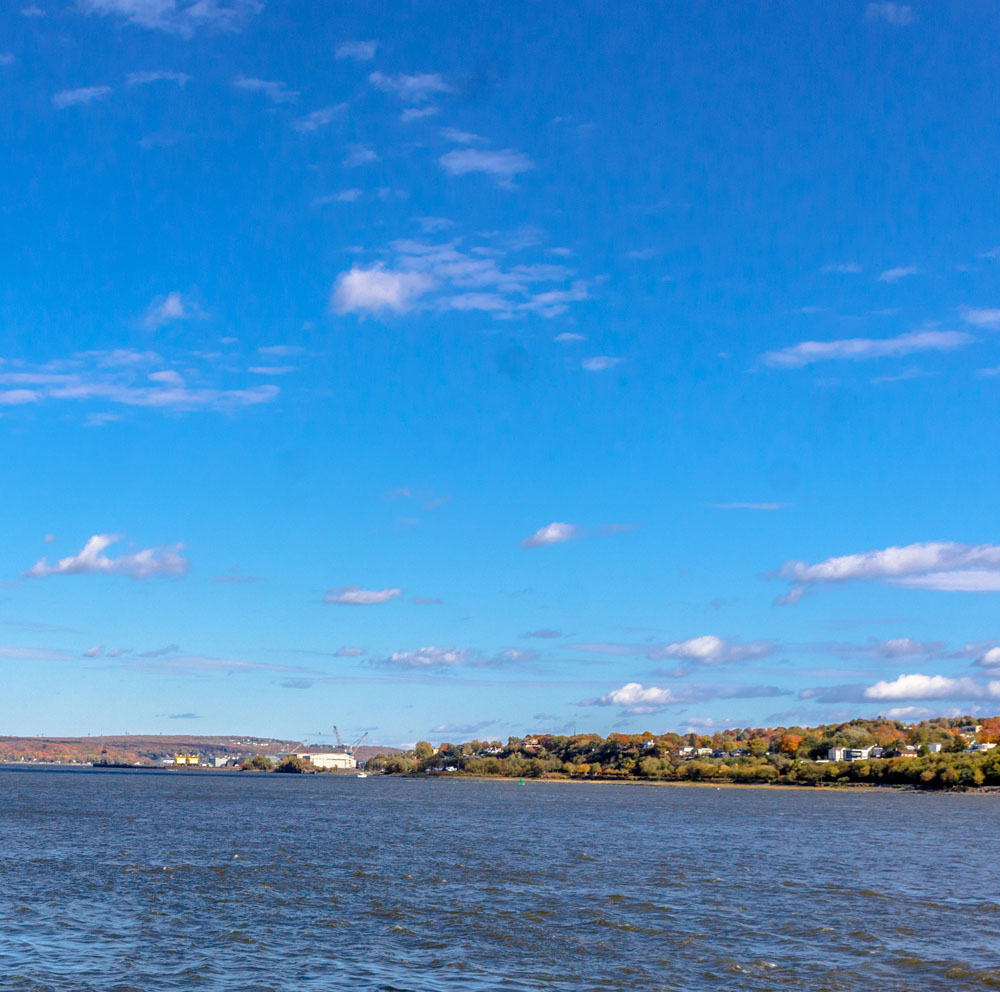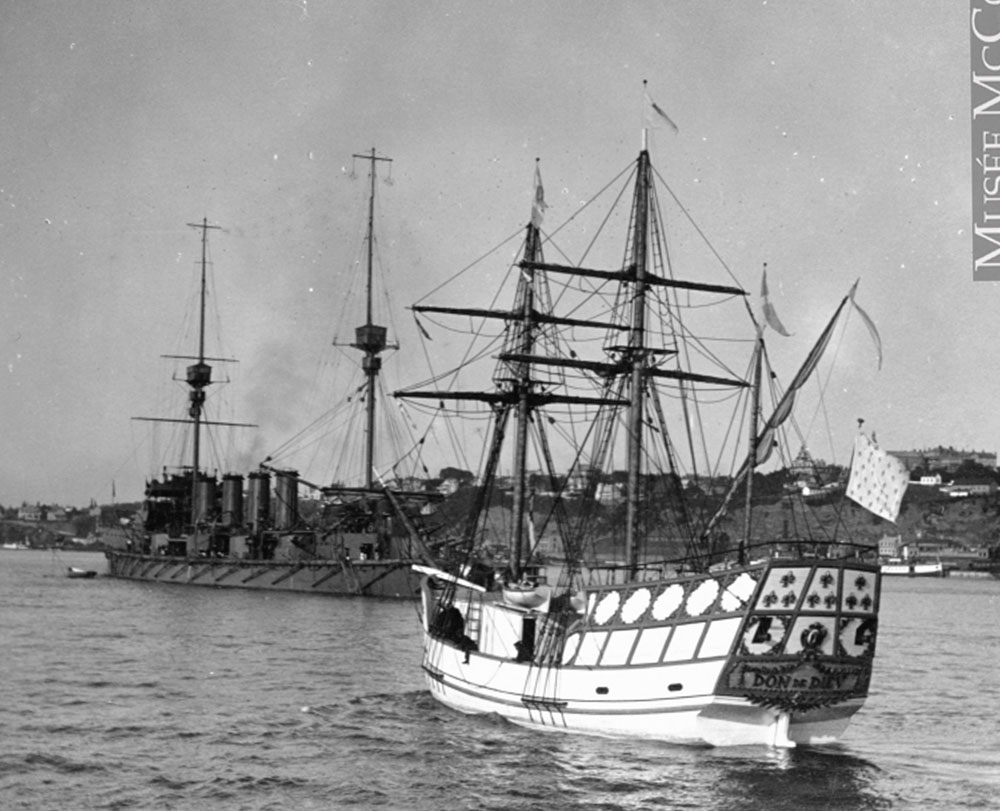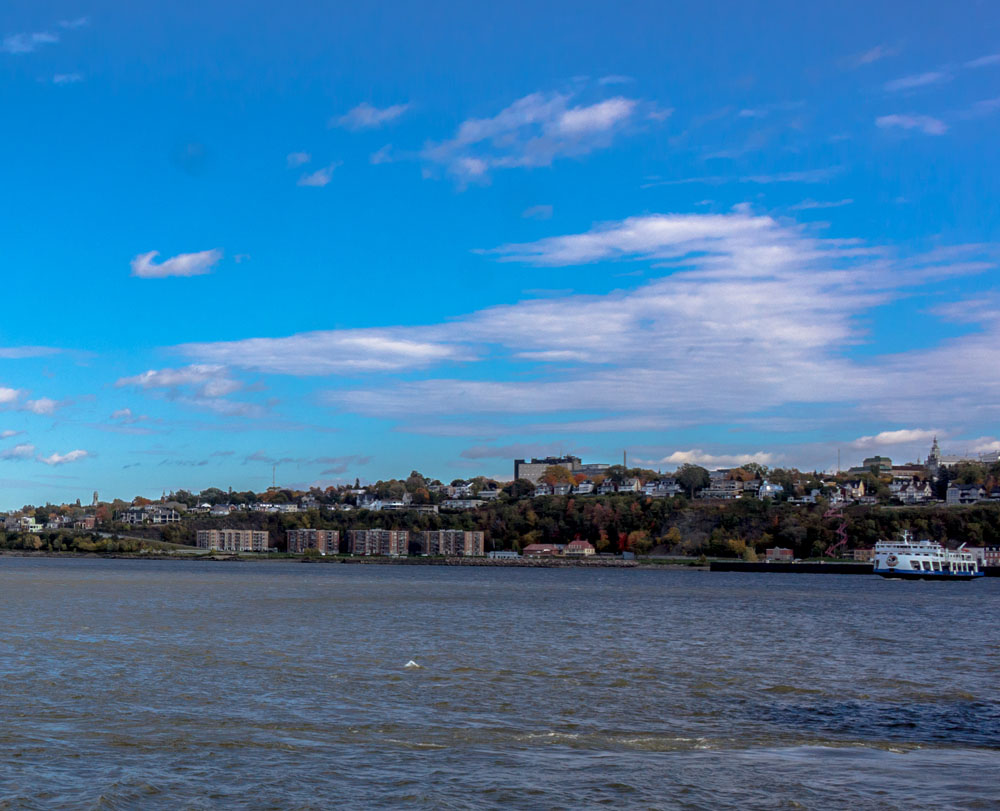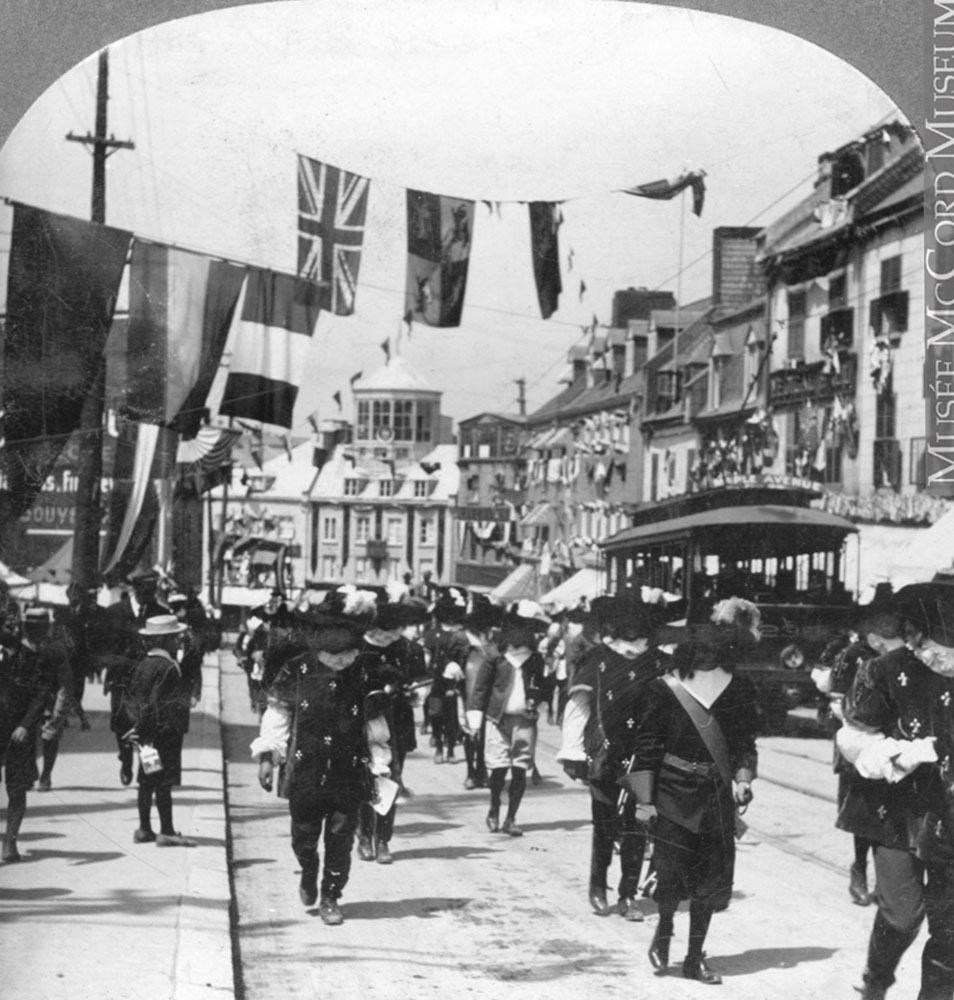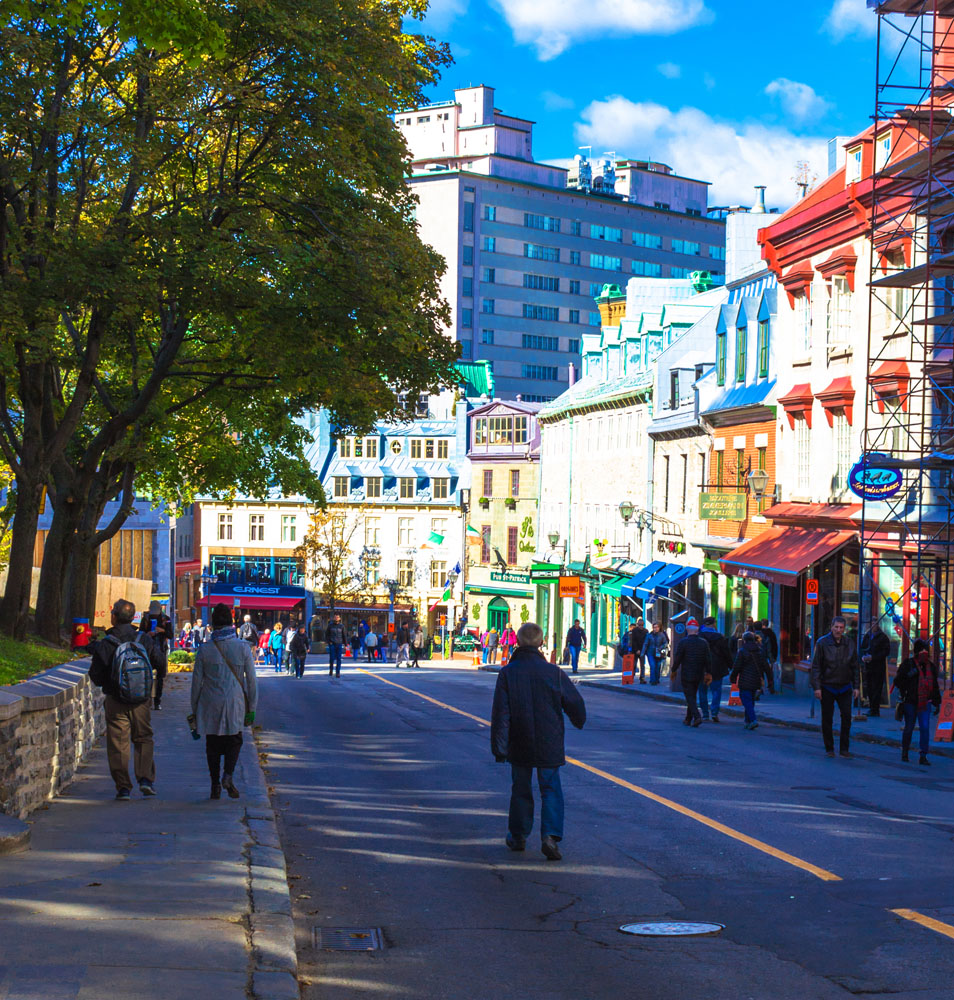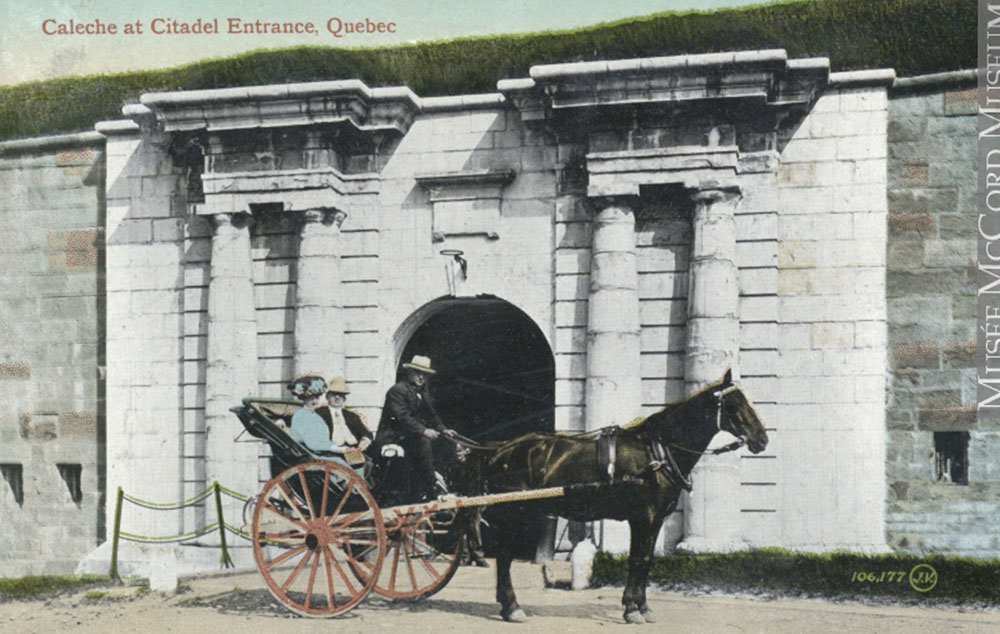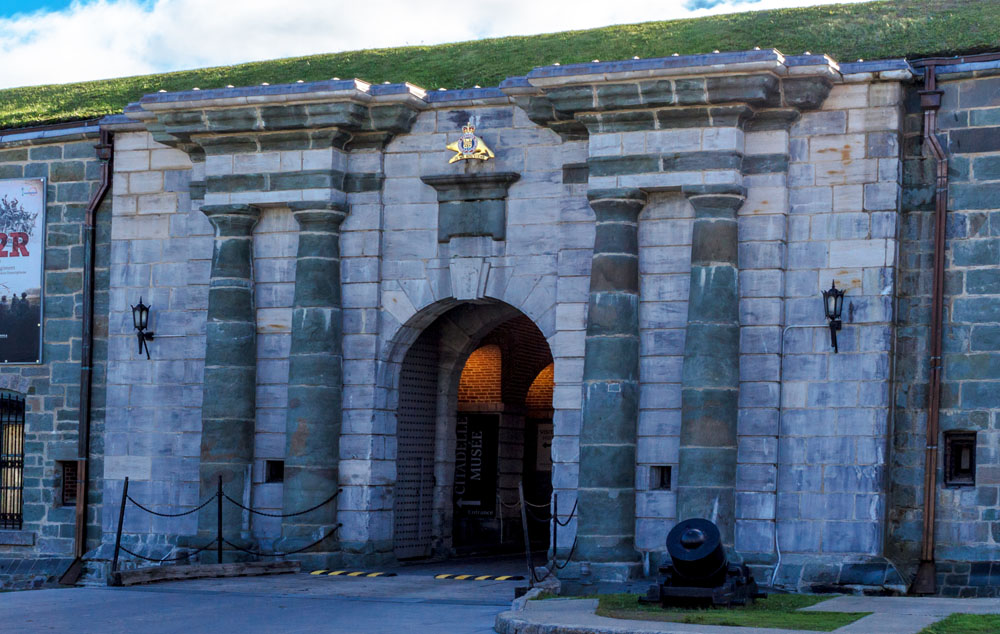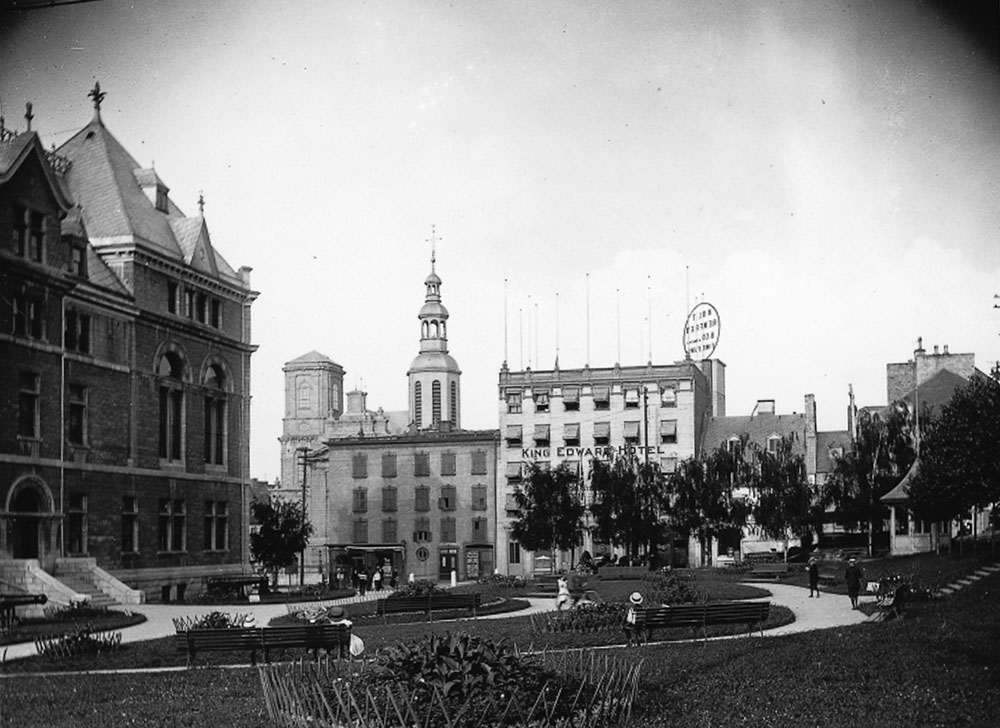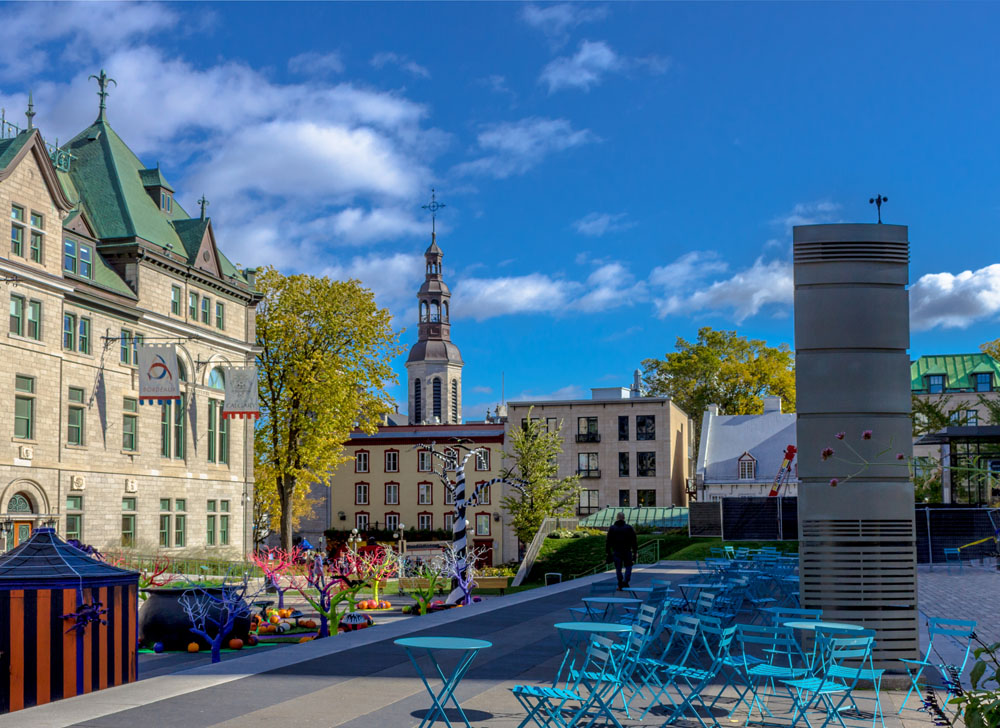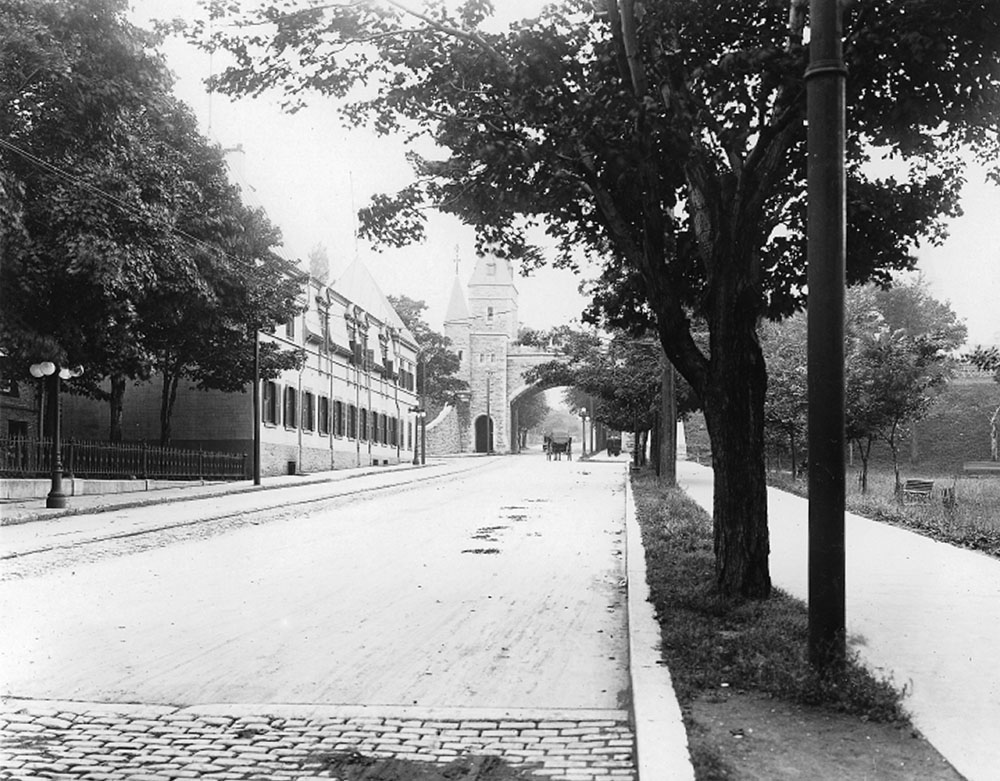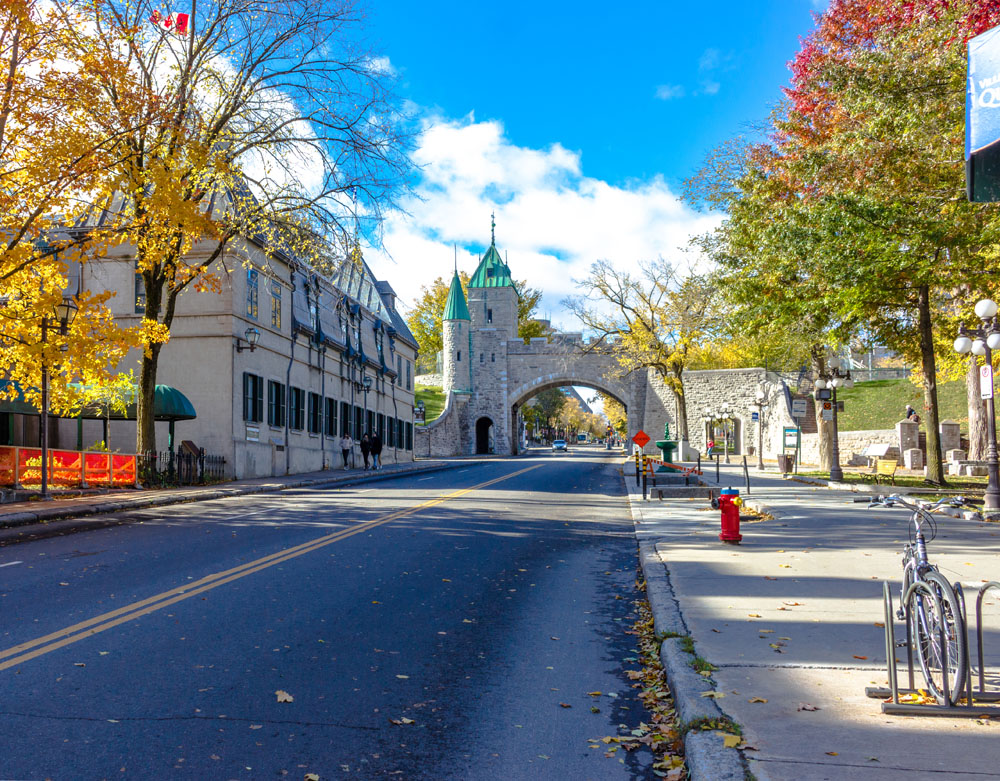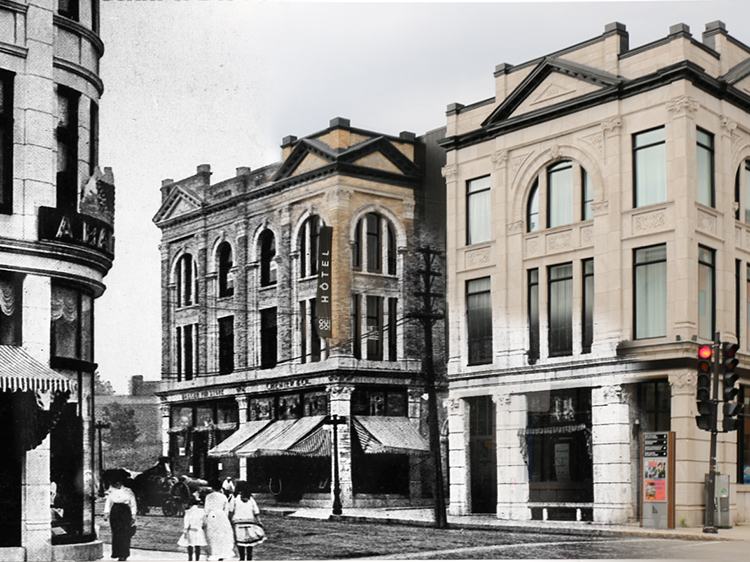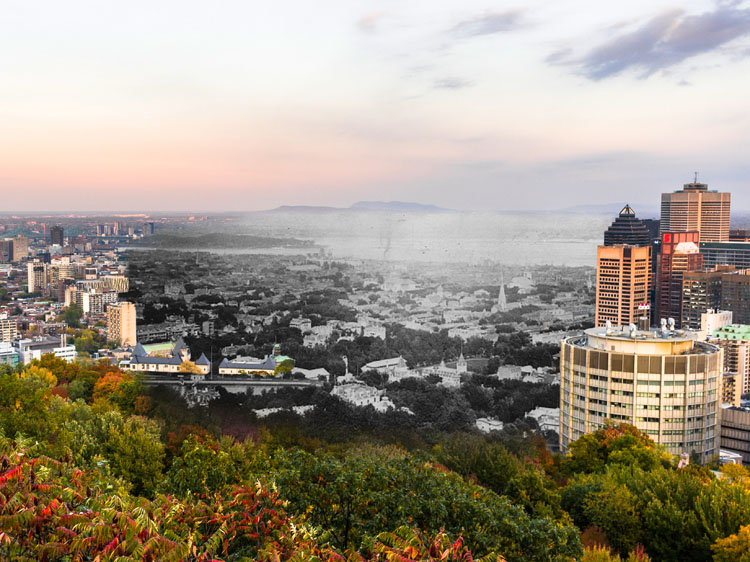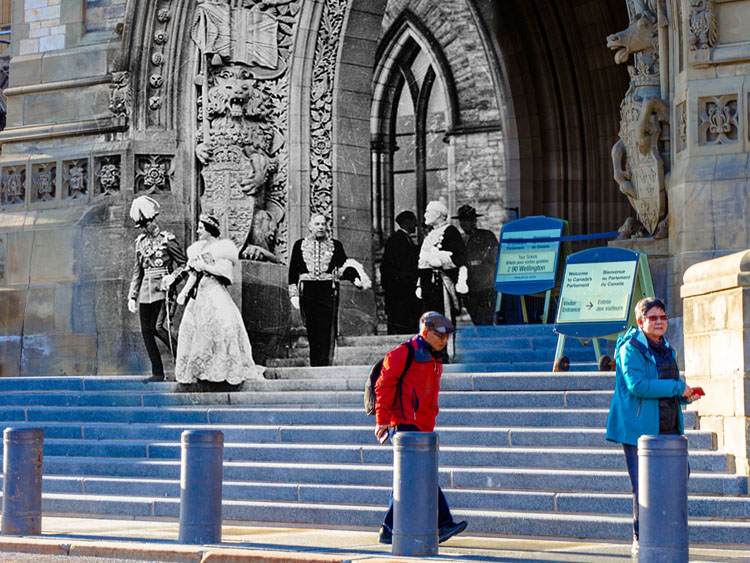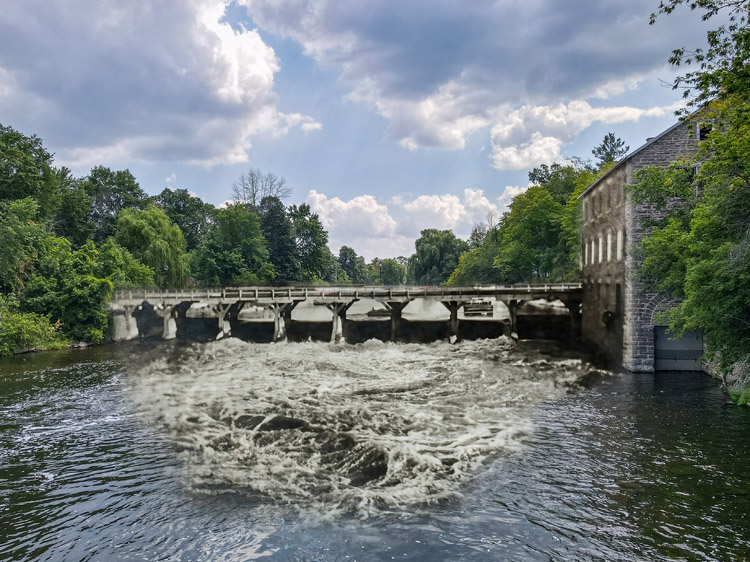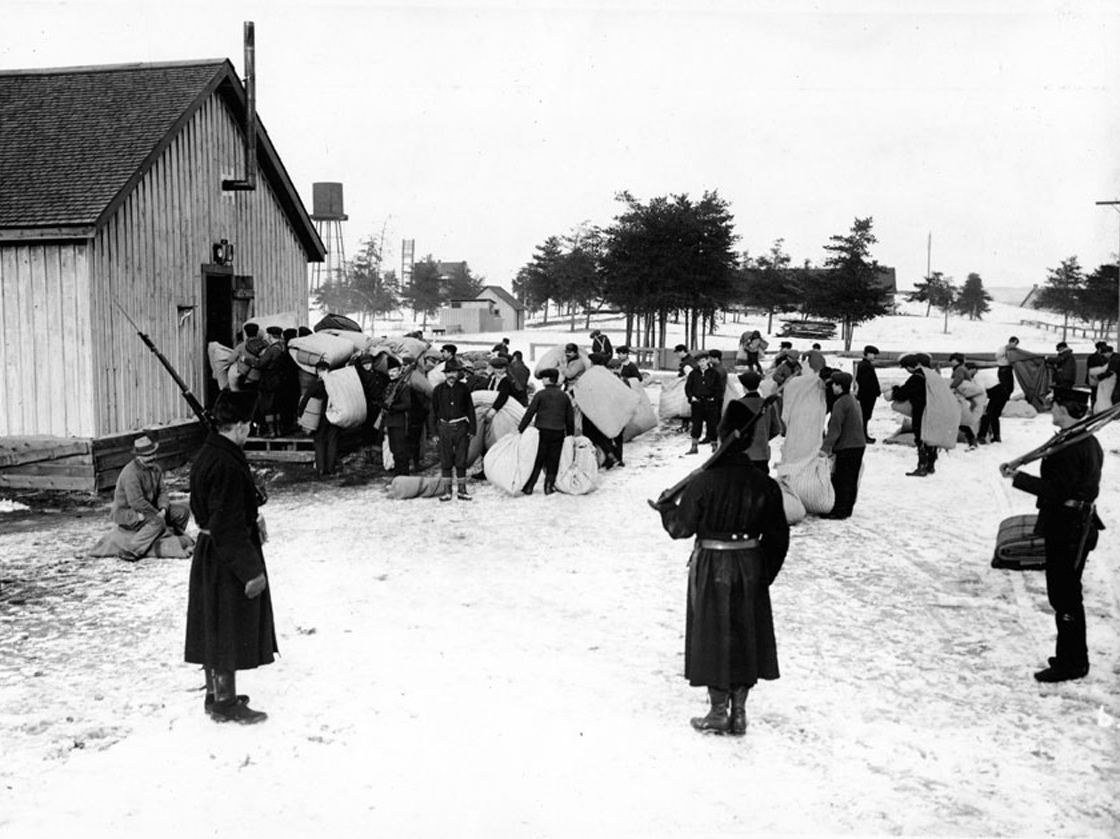Partner City
Quebec City
Capitale-Nationale
Perched atop a promontory overlooking the Saint Lawrence River, control of Quebec City was destined to be key to any European power that wanted to control Canada. The French first established it as a colony in 1608, and centered the colony of New France on Quebec City. They heavily fortified the city against a series of British assaults, but the city finally fell in 1759 after the Battle of the Plains of Abraham. From then on Canada would pass from the French Empire to the British. Despite the Conquest, the unique French-Canadian culture centered in Quebec City has survived and thrived. Old Quebec is one of the best preserved heritage areas in the Americas, and is the only walled city in North America.
We respectfully acknowledge that Quebec City is located on lands that are the traditional unceded territory of the Huron-Wendat people.
Tours
Explore
Quebec City
Stories
Interned at Beauport Armoury
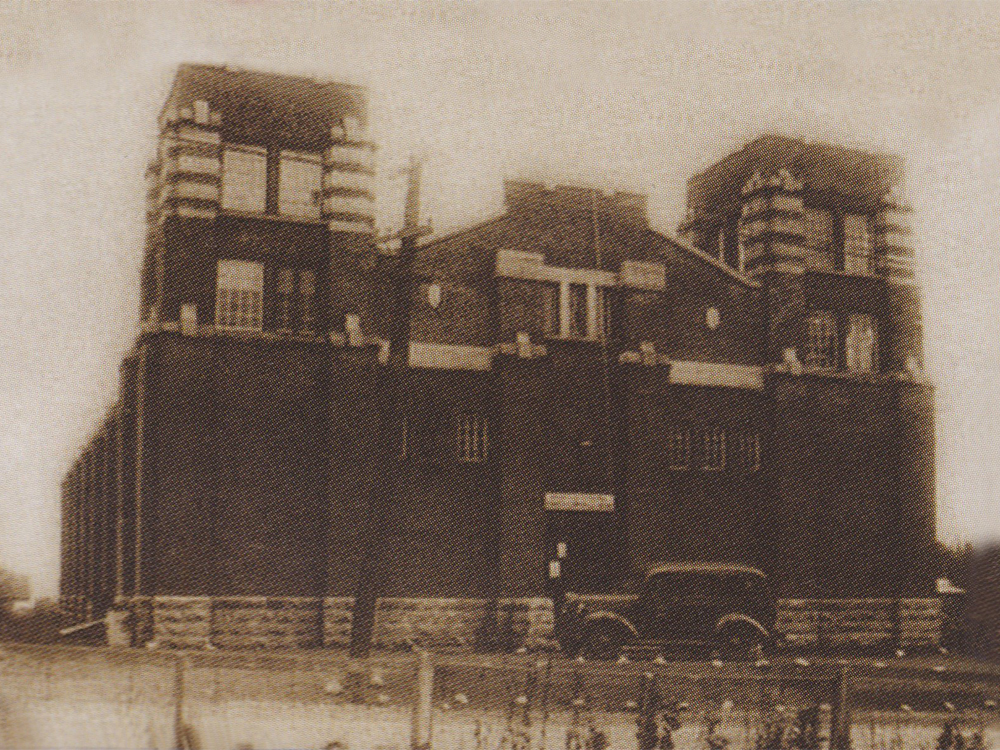
Ukrainian Canadian Civil Liberties Assoc.
Story Location
Shortly after Canada joined Britain to fight the Austro-Hungarian empire in World War I, mistrust towards those who originated from enemy nations shifted from general xenophobia to outright fear and suspicion. Soon, reports of sabotage and enemy espionage activity began to hit the newspapers. In August 1914, the Edmonton Bulletin reported the following:
"A score of Italians and Austrian workmen were arrested last night around the Levis dry dock while they were attacking the sentinels in charge of the dynamite store. The mob fired at the soldiers, who called to the camp for help and a detachment came to their rescue in time to capture the foreigners. The attacking party were composed of former employees of the government plant and it is thought that their aim was to blow up the dry-dock."1
* * *
The Ottawa Citizen reported a second incident only six days later at the Île d'Orléans or Orleans Island, not far from downtown Quebec City, "Spy stories are current throughout the country and the island of Orleans, where a naval station has been established, is having its share of the spy scares. Since the authorities have taken precautionary measures no fewer than eight spies have been seen on the island, the latest suspected being reported yesterday as taking plans and making drawings."2
As these reports continued to escalate, so did ethnic jealousies towards Austro-Hungarian workers, who were often willing to perform more dangerous work for lower wages than their Anglo-Canadian neighbours. The Canadian government grew increasingly nervous about the reports of sabotage and the numbers of Austro-Hungarian immigrants who had settled in Canada over the previous decades. On February 10, 1915, the Minister of Justice reported that since the outbreak of the war 30,324 "enemy aliens had been interned or paroled. Out of these, 8,845 were from Quebec, a larger amount than from any other province and more than British Columbia, Saskatchewan, Alberta, Nova Scotia, and the Yukon all put together.3
Despite the proportionately high number of internees from Ontario and Quebec, the majority of camps were in Alberta and British Columbia. In Quebec, the first receiving station was set up at the Immigration building on August 13, 1914 to temporarily hold enemy aliens until more permanent solutions were established. Between August and December, 11 more camps and receiving stations were set up across the country, but Quebec did not have a permanent internment camp until December 28, 1914 when the armoury at Beauport, Quebec was set up to take in internees.
Beauport operated for over two years until June 22, 1916, but only ever held a small number of German and Austro-Hungarian internees. For those who were first interned at Beauport in the winter of 1914-15, the biggest complaint was boredom. With no work to keep them busy, officials kept internees active with physical drills and exercise. The American consul in Quebec city reported, ""The only complaint made was lack of work, which made the life of these men, accustomed to hard physical work, somewhat tedious."4
Due to this inactivity, a second camp was opened 40 km northwest of Quebec city at the Valcartier militia camp. Valcartier was a labour camp used for the spring and summer of 1915. After it closed in October 1915, internees from Valcartier were relocated to Spirit Lake and Kingston. When Beauport closed less than a year later in June 1916, there were only 21 internees left. These men were sent to the camps at Spirit Lake and Kingston.5
2. "Another Spy Scare" Ottawa Citizen (Ottawa, Ontario), August 19, 1914. Online.
3. Lubomyr Luciuk, In Fear of the Barbed Wire Fence: Canada's First National Internment Operations and the Ukrainian Canadians, 1914-1920 (Kashtan Press, 2001), 55.
4. Peter Melnycky, Badly Treated in Every Way: The Internment of Ukranians in Quebec During the First World War, 1993. http://www.infoukes.com/history/internment/badly_treated_in_every_way/#FOOTNOTE_21
5. Ibid.
Bibliography
"Another Spy Scare" Ottawa Citizen (Ottawa, Ontario), August 19, 1914. Online.
https://www.internmentcanada.ca/articles/28/1914-08-19-OC-Another-Spy-Scare.pdf
"Austrians at Quebec Attack Sentinels" Edmonton Bulletin (Edmonton, AB), August 13, 1914. Online.
https://www.internmentcanada.ca/articles/28/1914-08-13-EB-Austrians-at-Quebec-Attack-Sentinels.pdf
Luciuk, Lubomyr. In Fear of the Barbed Wire Fence: Canada's First National Internment Operations and the Ukrainian Canadians, 1914-1920, Kashtan Press, 2001.
Melnycky, Peter. Badly Treated in Every Way: The Internment of Ukrainians in Quebec During the First World War, 1993. http://www.infoukes.com/history/internment/badly_treated_in_every_way/#FOOTNOTE_21
Then and Now Photos
The Battle of Sainte-Foy
1760
This painting depicts the Battle of Sainte Foy, an important battle fought on the same site as the Battle of the Plains of Abraham in the spring following that decisive battle. After the French defeat at the Plains of Abraham and the British seizure of Quebec City, the French regrouped over the winter and attacked the city on April 28, 1760.
The battle was far bloodier than the Plains of Abraham, and was actually a major French victory. Unfortunately for the French commander Francois Gaston de Levis, the defeated British were able to retreat in good order inside the walls of Quebec. Levis laid siege to the city, but were unable to storm the city before the British navy sent supplies and reinforcements in May. Levis was forced to retreat to Montreal, where he surrendered to an overwhelming British force in 1760, leaving the British the uncontested rulers of Quebec
The Fall of Quebec
1761
This painting was created two years after the Battle of the Plains of Abraham and the Conquest of Quebec. We're looking across the Place d"Armes towards the Recollect Friars Church on the left. Look closely and you can see the walls of the buildings are perforated by cannonfire, and their interiors gutted by fire. This was the work of General Wolfe's artillery in the three month siege leading up to the battle. The troops drilling in the square are British regulars.
Wolfe-Montcalm Monument
McCord Museum MP-0000.1452.102
1870
The Wolfe-Montcalm Monument is the oldest monument in Quebec City. Unveiled in 1828, it commemorates the bravery of both the French and English commanders at the Battle of the Plains of Abraham. That battle is one of the only ones in recorded history were both commanders were killed. As a war memorial, it's also extremely rare in that it commemorates both victor and vanquished.
Cote de la Montagne
1885
Looking down Cote de la Montagne towards the Lower Town.
Winter View
Musee national des beaux-arts du Quebec P560,S1,P647
1890
A view of the city taken from the R & O Navigation Company Quay during winter time.
Snow Disposal
1895
A man takes a break from filling his sleigh with snow. He's clearing out Sous-le-Cap, is one of the oldest streets in North America, and also the narrowest.
The Father of New France
1898
Just ahead of you and to the right is the Place Royale, the exact spot of l'Habitation, the first permanent European settlement in Canada. The buildings no longer survive, but you can see plaques marking out the original area.
The settlement was established by the legendary French soldier, cartographer, and explorer, Samuel de Champlain. On July 3, 1608, he landed on this spot and quickly built a post where the French could trade furs with the Montagnais Indigenous, who controlled this region at that time.
There was no sign of the Stadaconiens that Cartier encountered. At some point since his departure 65 years before, their village had been abandoned--perhaps because of disease or wars with neighbouring Indigenous peoples. By the 1620s Champlain's tireless efforts had put the settlement on a firm footing, and it became known as New France.
HMS Indomitable
1908
The Royal Navy dreadnought HMS Indomintable at anchor for the 300th anniversary celebrations of the founding of Quebec City.
Old Meets New
1908
Two ships from very different eras meet in the harbour as part of the celebrations marking the 300th anniversary of the founding of Quebec City. The ship in the foreground is a replica of Samuel de Champlain's ship Don de Dieu, or Gift of God. The ship is remembered in Quebec City's motto "Don de Dieu feray valoir, which means "I shall put God's gift to good use." The ship in the background is the hyper-modern battlecruiser HMS Indomitable. Battlecruisers like HMS Indomitable were essentially lightly armoured high speed battleships. The Indomitable played a major role in the Battle of Jutland in 1916.
Culture of New France
1908
A parade marking the 300th anniversary of the founding of Quebec. The occasion was the largest celebration the city had ever seen, including weeks of parades, festivals, and reenactments, and were attended by the soon-to-be-crowned British monarch George V. As we can see, the participants are wearing 17th Century period costume, the kind worn by the early colonists of New France.
Gate to the Citadel
1910
A couple and their driver pose for a photo in front of the entrance to the citadel.
Centralizing Tendencies
1915
The building on the left is the City Hall of Quebec City, completed in 1896. The city hall is the seat of the municipal government, which was only actually founded in 1796, after the French era. The curious fact that Quebec City did not have a municipal government when it was a French colony was a deliberate decision by Louis XIV, and sheds some light on the highly centralized government he established in the Royal Colony in 1663.
St. Louis Gate
1916
Looking towards the St. Louis Gate on the city's eastern walls. The building on the left was the Garrison's Club.

